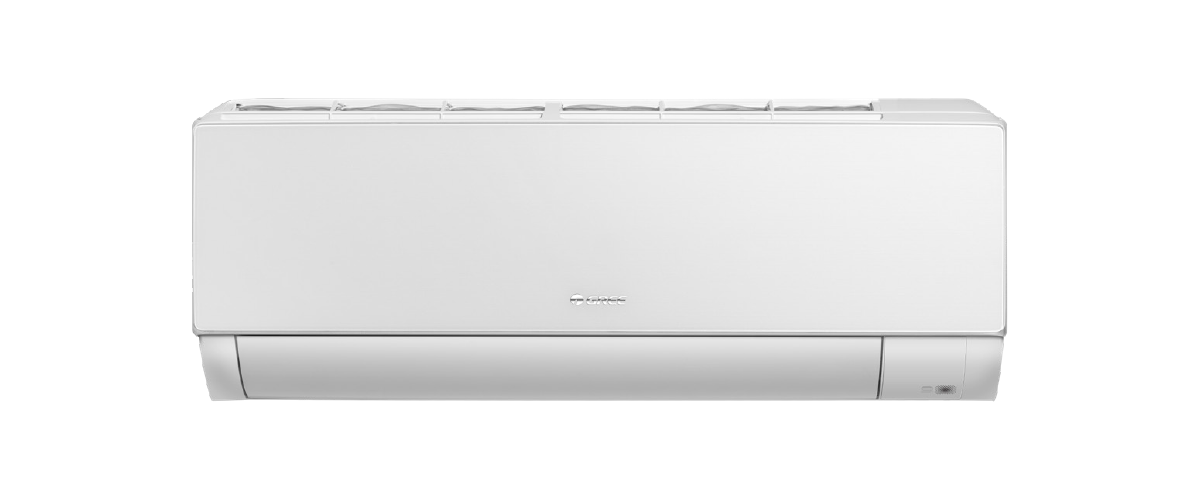The Ultimate Guide to Understanding Air Source Heat Pumps
The Ultimate Guide to Understanding Air Source Heat Pumps
Blog Article
The Ultimate Guide to Understanding Air Source Heat Pumps
As it pertains to energy-efficient and eco-friendly heating options, air source temperature sends (ASHPs) stand out as a favorite selection for homeowners and firms alike. But with increased interest encompassing sustainability and clean power, understanding how air resource heat pushes function and their advantages is required for making an educated decision. This short article may offer as your ultimate guide to demystifying Air source heat pump (Luftvärmepump) and exploring how they give an progressive solution to contemporary heating needs.

What Is an Air Resource Temperature Pump?
An air source temperature pump is just a heat and chilling program that extracts temperature from the outside air and transfers it inside to efficiently regulate the temperature of a building. Unlike conventional heat systems that rely on burning gas, ASHPs use electricity to maneuver temperature, making them a far more sustainable and cost-effective option.
You will find two primary forms of air source temperature sends:
1. Air-to-Air Temperature Pumps: These transfer heat to the air within your house or developing, functioning similarly to a mainstream HVAC program but with greater efficiency.
2. Air-to-Water Temperature Pumps: These systems heat water that will then be found in radiators, underfloor heat systems, or for domestic warm water.
How Do Air Supply Heat Pumps Work?
Air resource temperature sends work on a straightforward yet innovative concept. They remove heat from the outside air, even yet in cooler temperatures, employing a compressor and a refrigerant system. Here is a quick breakdown of the procedure:
1. Heat Consumption: The system absorbs heat from the air outside.
2. Retention: The heat is then compressed employing a refrigerant, raising their temperature.
3. Heat Move: That temperature is moved into the making to warm the house or water.
4. Recycling: The refrigerant rounds back to repeat the process.
ASHPs also can opposite this method in warmer weeks, acting as an ac by transferring heat from inside to the exterior air.
Why Select Air Resource Temperature Pumps?
The rising reputation of air supply temperature pushes may be traced to their numerous advantages over standard programs:
• Power Performance: ASHPs use energy to move heat as opposed to produce it, reducing energy consumption.
• Eco-Friendly Heating: By leveraging renewable temperature from the air, ASHPs lower carbon emissions significantly.
• Price Savings: While the original expense might be larger, paid off energy expenses produce ASHPs a cost-effective answer in the long term.
• Versatility: Whether you're needing heat, chilling, or warm water, air resource temperature pushes provide multi-functionality in one system.
• Small Preservation: These programs are designed for low maintenance, usually requiring only an annual check-up.
Are Air Supply Heat Pushes Correct for You?

Air supply temperature sends are most effective in insulated properties and in areas where conditions don't regularly drop excessively low. If you are contemplating one, here really are a few factors to take into consideration:
• Current Heating System: Retrofitting a temperature push into a preexisting program might require extra upgrades, such as for example better insulation or appropriate heat emitters.
• Outdoor Room: ASHPs need room about them allowing unrestricted airflow.
• Upfront Charges: Whilst the obtain and installment fees may seem large, government incentives and long-term savings often counteract this preliminary investment.
Final Thoughts
Air supply heat pushes symbolize an advance in sustainable heating and power efficiency. Making use of their power to reduce carbon emissions and produce trusted comfort year-round, they're a powerful selection for anybody looking to align with solution energy solutions. By understanding how these methods work, you'll be well-positioned to determine if they're the right fit for your property or business.
Report this page